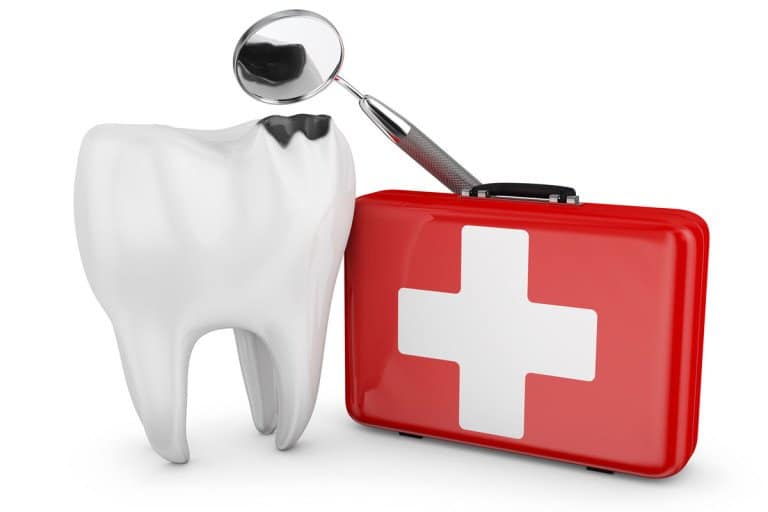

Have you ever gone to the dentist, talked about fillings or other dental work that you needed, and then received a treatment plan that said your insurance covered more on certain procedures than others? The ins-and-out of dental coverage can be confusing…and as a result, very frustrating at times.
Your dentist, or the person in your dentist’s office who handles insurance issues, can usually explain the benefit breakdown for your particular plan. But understanding the levels of coverage prior to your appointment or signing up for a new insurance plan can help you anticipate what your treatment may cost.
By design, most dental insurance plans are intended to help enrollees prevent oral health problems before they start. As such, they typically cover 100% of preventive services such as:
Regular visits allow you and your dentist to intervene when risk factors come into play. In many cases, something like fluoride or a sealant can prevent cavities from forming. During your cleaning, your hygienist will remove tartar buildup that could cause future gum disease and tooth loss.
Most plans cover preventive visits every six months. Being that you are already paying for your dental coverage, it is in your best interest to take advantage of these included procedures.
Let’s say that you had a cavity pop up between your exams. Getting a filling would be considered a “basic” procedure. Other examples of basic treatments include deep cleanings for gum disease, and extractions for badly infected teeth (or emergencies.)
Depending on your plan, your coverage for basic treatments may be somewhere around 80%. A deductible may also be involved. After you meet the annual deductible (usually around $50), your insurer pays for 80% of the cost of basic dental treatments, until you reach your annual maximum spending limit (usually $1,000-$1,500).
Generally, it is in your best interest to treat cavities or dental infections at this stage, while they are still reversible or more affordable to correct.
“Major” dental treatment involves complex procedures like crowns, implants, or dentures. Your insurance coverage for a major dental procedure often drops to somewhere around 50% – you’re responsible for paying half of the cost of your care. Although not always, major treatments are often the result of a lapse in dental care or delaying procedures that could have been more affordable to treat if they were addressed earlier on.
The deductible is the initial down payment that your insurance carrier requires for you to pay before they start to pay out on your dental treatment. Let’s say you need to have a filling for $200 and have a $50 deductible, with 80% coverage on basic treatment. You would first pay $50, and then 20% of the remaining $150.
Maximum allowable spending limits is most that your insurance will pay in any year. Most policies max out somewhere around $1,500. You will be financially responsible for any treatment costs that go beyond this set annual amount.
Your dental coverage may have “fine print” in regard to covering certain procedures for certain people. For instance, coverage for a sealant or orthodontic treatment may only pertain to individuals under certain ages. Pre-existing conditions like replaced teeth that were missing before you joined the insurance plan may also not be covered, depending on your plan.
Sometimes a waiting period may also be involved if you are a new enrollee to your insurance policy. New enrollees may need to wait up to six months for something like a crown, and up to 12 months for coverage on dentures.
Traditional dental insurance does not cover cosmetic procedures either. Treatments like dental veneers or whitening are considered elective, and as such, they are the financial responsibility of the patient. This includes dental implants, as dentures are significantly less expensive than implants. Dental savings plans, in contrast to dental insurance, typically do offer discounts on cosmetic procedures, as well as dental implants.
As long as you provide your insurance information to your dentist, his or her office should be able to provide you with an estimate of your total out of pocket expenses and coverage available. You can also request a pre-approval for a written quote from your insurance company prior to beginning any major dental work to ensure you’re covered
Dental savings plans have fewer restrictions and limits than dental insurance, making them a great choice for people who need more than preventive care. To find out more about Aetna dental savings plans, contact us today!
With an Aetna Dental Savings Plan.
*Actual costs and savings may vary by provider, service and geographic location. †Family plan Calculations are based on a family of two adults and two children.